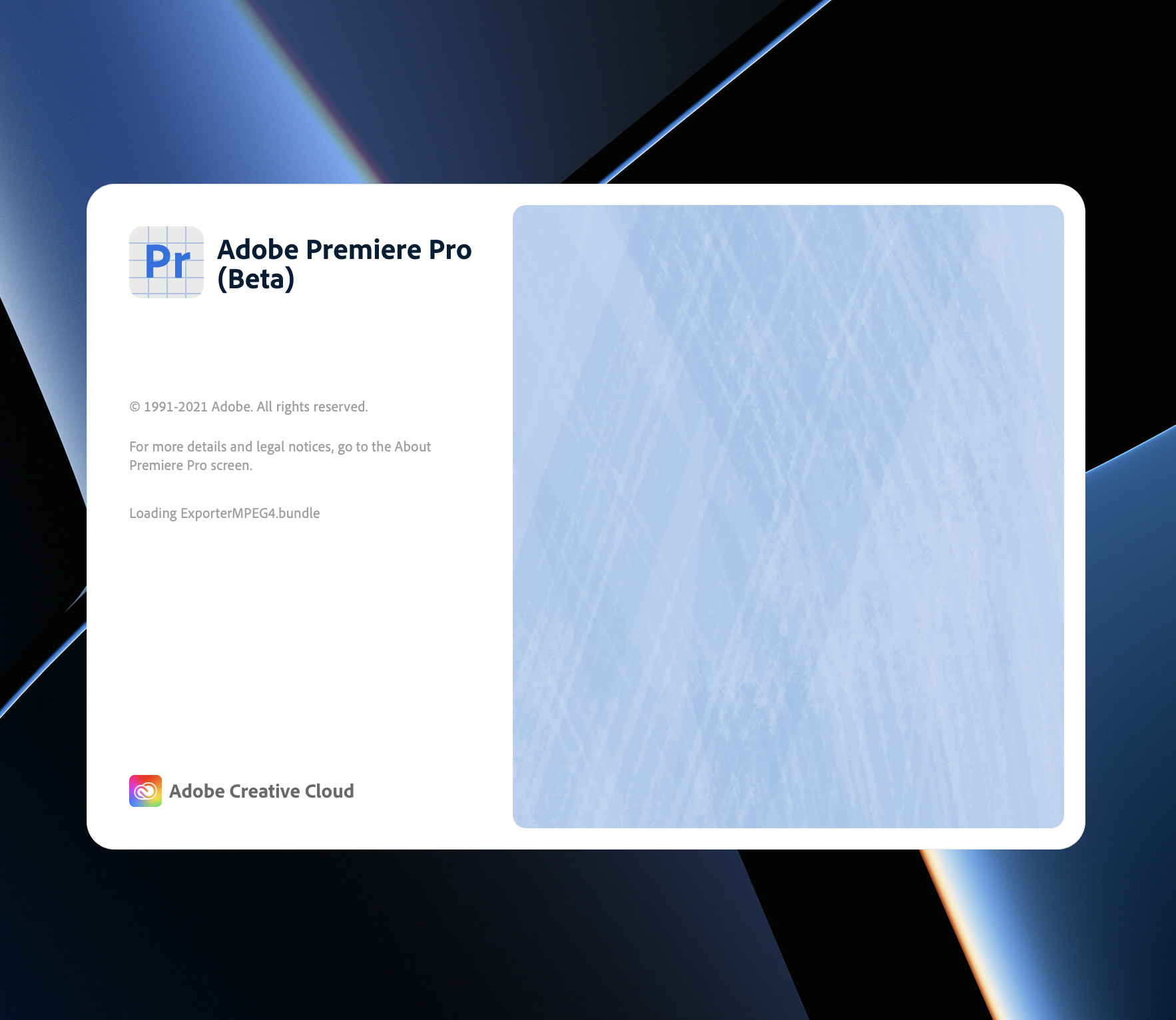As I’ve been reviewing the new Apple Silicon M1 Max MacBook Pro I’ve reserved most all of my real-world rendering and outputs to actual jobs and things that, I hope, will impact post-production professionals more than geek-bench-style tests.
Part 1 was the new M1 Max MacBook Pro against the previous generation 16-inch Intel MacBook Pro.
In part 2 of these reviews, I pitted the 16-inch M1 Max against my iMac Pro. That included tests with the three major NLEs including the current shipping version of Adobe Premiere Pro.
After publishing that I had several folks reach out and tell me I really needed to try the current Premiere Pro public beta as it has some targeted updates addressing speed on the M1 Max. This is documented in an Adobe support forum post. I don’t really run betas on full production jobs and always feel it’s a bit unfair to use beta software when testing hardware for reviews. But seeing how fast Resolve is on these new chips I thought it would be good to try the Premiere beta as that is going to point at things to come.

I installed the beta and ran the same series of tests for Premiere. So this would be Adobe Premiere Pro 2022 22.0 against the 22.1.1 beta.
I used the exact same projects and ran the same tests from the other review.
And everyone was correct… the Premiere Pro beta is considerably faster on the new M1 Max. As it should be.
![]()
Program: 3:48 edit, Canon C300 media render sequence to ProRes Adobe Premiere Pro:
| Operation w/ Adobe Premiere Pro M1 Max | PPro 2022 | PPro 2022 Beta |
|---|---|---|
| Export to H264 | 3 minutes 48 seconds | 36 seconds |
- Ok, that’s a shellacking with the Premiere Pro beta. I’m not so sure here since if you look at this same test in the iMac Pro test the iMac Pro beat them M1 Max quite handily. This makes me wonder if something weird hit the system with that one output.
Program: 17 minute, 30 seconds show; 4K source scaled to 1080. 23.98 edit; output with Adobe Premiere Pro 2022.
| Operation w/ Adobe Premiere Pro M1 Max | PPro 2022 | PPro 2022 Beta |
|---|---|---|
| Render sequence to ProRes LT Previews | 6 minutes 34 seconds | 3 min 41 sec |
| Output that to a ProRes LT .mov with Use Previews | 20 seconds | 20 sec |
| Transcode the ProRes LT master to H.264 mp4 with
High Quality 1080 preset via Adobe Media Encoder 2022 |
1 minute 30 seconds | 1 min 29 sec |
| And because I was curious I went back into Premiere
and did an H264 export from the timeline |
3 minutes 15 seconds | 3 min 00 sec |
| Scene Edit Detection on that 17:30 program, a 4 camera talk show | 48 seconds | 47 seconds |
- Now we are getting somewhere. An almost 3 minute time reduction on that ProRes output is a 50% reduction which is huge.
- Interesting … you might wonder why the H264 conversions don’t see near the speed bump that the ProRes encodes do. That is because the Apple Silicon version of Premiere had already been updated to take advantage of the M1 Max.
Program: 1 hour and 18 minute 1080 edit, mostly Sony 1080 sources with archival and stills; output with Adobe Premiere Pro 2022
| Operation w/ Adobe Premiere Pro M1 Max | PPro 2022 | PPro 2022 Beta |
|---|---|---|
| Output ProRes LT .mov | 28 minutes 02 seconds | 11 min 48 sec |
| Encode that ProRes to H.264 w/ High Quality 1080 preset
via Adobe Media Encoder 2022 |
8 minutes 09 seconds | 8 min 09 sec |
- Seeing those ProRes numbers speed up that dramatically is great.
I think this furthers the idea that the more software is optimized for the new Apple Silicon the faster things will get. This goes without saying as we expect any new software to get faster and better as it is updated to work with any new hardware. But that 1 hour + ProRes output saved 16 minutes. That is huge.
It’ll be great to get this beta out to the real world for those using the new M1 MacBook Pros. And then when we get even more powerful desktop machines, that’ll be a great day.

